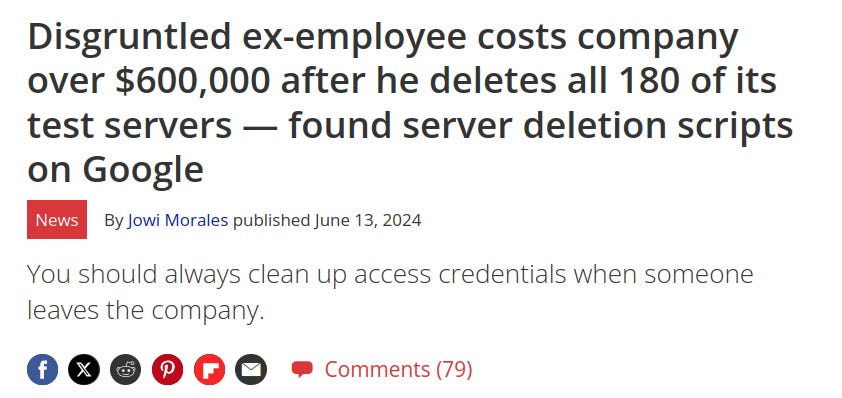Who are the biggest threats to your company? Consider the different environments and their unique vulnerabilities: a high-end jewelry store in downtown London might worry most about smash and grabs—individuals physically breaking in to steal valuable merchandise. Meanwhile, a pension company in Paris might be more concerned with outsider threats, such as corporate espionage or sophisticated criminals looking to exploit sensitive financial data.
But what about the threats that come from within? Insider threats, posed by current employees, contractors, and anyone else with legitimate access, can be even more dangerous and difficult to detect. These insiders might misuse their access to steal data, sabotage systems, or manipulate processes for personal gain or out of spite.
This blog post will focus on the severe risks associated with insider threats and how, as a black team, we can help simulate potential insider actions to uncover vulnerabilities and develop effective solutions to protect your organization from within.
Because insider threats are a huge, and sadly often overlooked issue, I will break this topic into multiple posts to save you from reading a novel in a single post.
A Cautionary Tale: The Disgruntled Ex-Employee
In a startling example of the damage an insider threat can cause, a disgruntled ex-employee recently cost his former company over $600,000. This individual, after being terminated, used access he still had to delete all 180 of the company's test servers. The ex-employee found the scripts for server deletion on Google and executed them, wreaking havoc on the company’s operations and finances. This incident underscores the significant risks posed by insiders who have the technical know-how and motivation to cause harm.
The Huawei Incident: A High-Stakes Espionage Case
Another high-profile case involves Huawei, a global telecommunications giant. Huawei faced allegations of engaging in corporate espionage to gain a competitive edge. According to a Bloomberg report, Huawei employees were accused of using insider information to spy on competitors and manipulate technological advancements in the highly competitive 5G market. This incident not only led to a loss of a $200 million contract but also significantly damaged Huawei’s reputation on the global stage.
The Gravity of Insider Threats
Insider threats are particularly challenging because they leverage legitimate access to cause harm. Unlike external attackers who must breach defenses to gain entry, insiders already possess the necessary permissions. This makes detecting malicious activities more difficult and increases the potential for significant damage.
Keep reading with a 7-day free trial
Subscribe to Covert Access Team to keep reading this post and get 7 days of free access to the full post archives.






